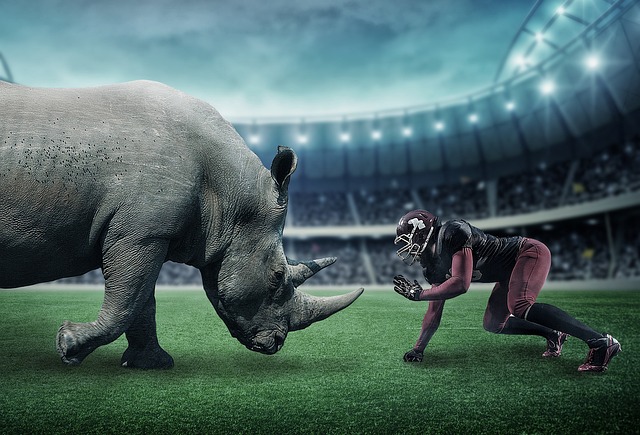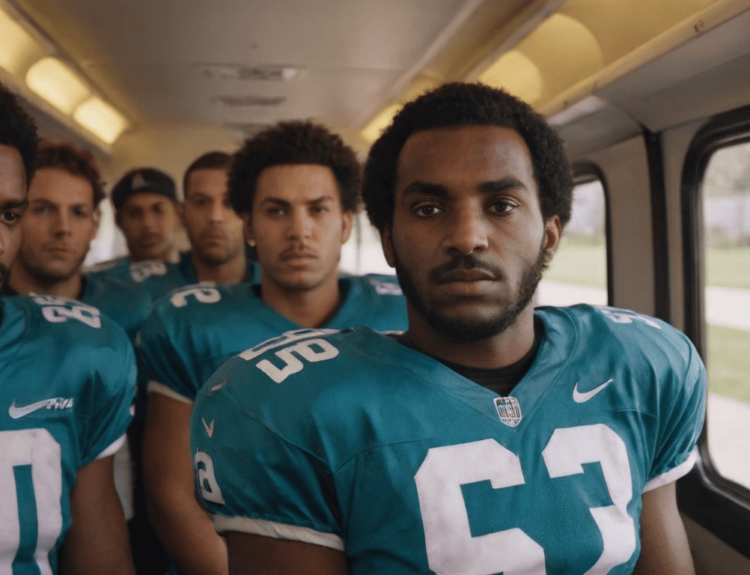The New Era
The quarterback position has undergone a dramatic transformation in recent years, evolving from traditional pocket passers to dynamic playmakers who combine arm talent with exceptional mobility. This evolution has forced teams to reconsider their offensive strategies and player development approaches.
Athletic Requirements
Today’s quarterbacks must possess a diverse athletic skill set that would have been unimaginable two decades ago. The ability to extend plays, run designed quarterback runs, and throw accurately on the move has become as important as traditional passing skills. This shift has led to new training methods focusing on overall athleticism and mobility.
Mental Processing
Modern offenses require quarterbacks to process information faster than ever before. Pre-snap reads, post-snap adjustments, and real-time decision-making have become increasingly complex. Successful quarterbacks must:
- Identify defensive formations quickly
- Understand multiple coverage schemes
- Adjust protection calls
- Make split-second decisions
- Manage up-tempo offenses
Technical Innovation
The technical aspects of quarterback play have evolved significantly. New throwing mechanics emphasize:
- Off-platform passing ability
- Multiple arm angles
- Quick-release techniques
- Accuracy while moving
- Deep ball trajectory control
Scheme Adaptation
Offensive schemes have adapted to maximize modern quarterback abilities. Run-pass options (RPOs), designed quarterback runs, and movement-based passing concepts are now standard features in most playbooks. These changes have led to increased scoring and more dynamic offensive performances.
Training Evolution
Quarterback development has been revolutionized by:
- Virtual reality training systems
- Biomechanical analysis
- Mental conditioning programs
- Position-specific fitness routines
- Advanced film study techniques
College Impact
College programs have embraced this evolution, developing quarterbacks who are better prepared for modern professional football. Spread offenses and up-tempo systems have become common, producing more NFL-ready quarterbacks than ever before.
Future Trends
The position continues to evolve, with emerging trends including:
- Increased emphasis on mobility
- More sophisticated RPO concepts
- Advanced analytics integration
- Customized training programs
- Enhanced protection schemes
Statistical Revolution
Traditional quarterback statistics no longer tell the complete story. New metrics have emerged to evaluate performance:
- Pressure escape rate
- Out-of-pocket completion percentage
- RPO efficiency
- Movement-based success rates
- Decision-making speed
Conclusion
The evolution of the quarterback position reflects football’s broader transformation into a more dynamic, athletic game. As the position continues to evolve, teams must adapt their evaluation, development, and offensive strategies to maximize the talents of modern quarterbacks. This ongoing evolution ensures that the quarterback position will remain the most crucial and scrutinized role in professional sports.



